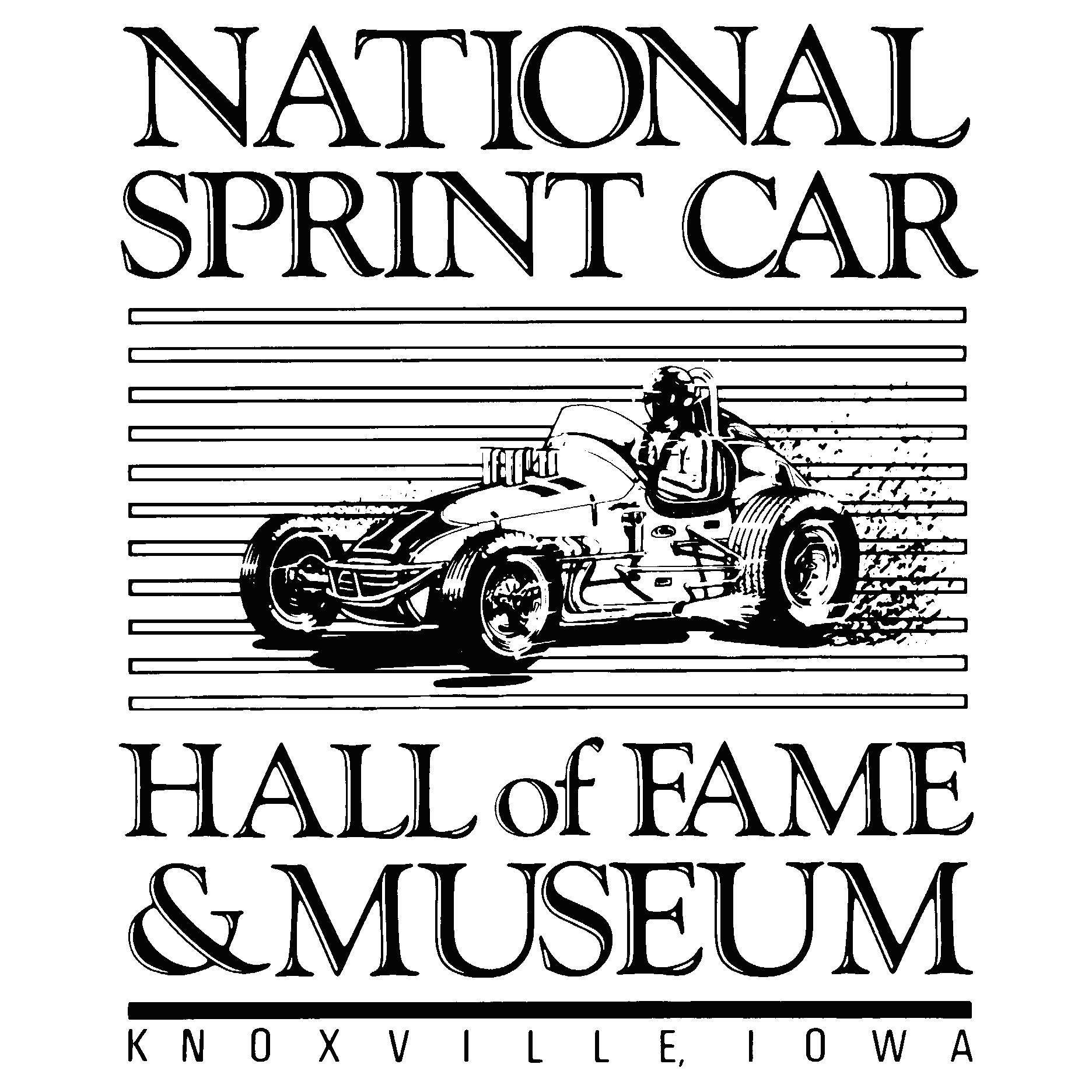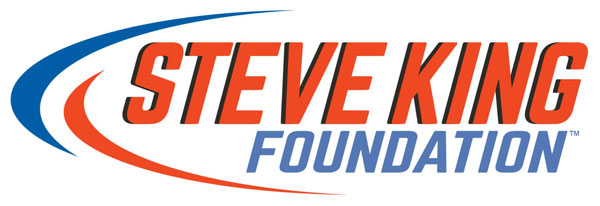1963 Indianapolis 500 Winner Jones Dies at 90
INDIANAPOLIS, Ind.—Parnelli Jones, the 1963 Indianapolis 500 winner and the first driver to qualify for the “500” faster than 150 mph, passed away peacefully with his family by his side June 4 in Torrance, California. He was 90.
One of the most versatile drivers in history, Jones was so highly rated by all his competitors, including several of the best from Europe. He only competed in the Indianapolis 500 seven times yet led in all but two of them for a total of 492 laps, still the eighth-highest laps led total in the race’s history. And in the only two starts he didn’t lead – 1965 and 1966 – he ran many laps in second place, finishing in that position in 1965 and retiring from there with mechanical trouble in 1966.
Jones, who was born Rufus Parnell Jones on Aug. 12, 1933, in Texarkana, Arkansas, is the only person ever to have led the Indianapolis 500 for 400 or more miles on two occasions. The first came when he won in 1963 and the second when his Andy Granatelli-entered, STP turbine-powered car failed after leading 171 of the first 196 laps in 1967.
Winner of the pole position with track-record qualifying speeds faster than 150 mph in 1962 and 1963, Jones never started lower than sixth in any of his seven “500s.”
Even after retiring from INDYCAR SERIES competition as a driver, somewhat prematurely in 1968 at the age of only 34, the street-smart Jones continued to be a winner. He fielded a team with a longtime business partner Vel Miletich that won the “500” in 1970 and 1971 with a pair of PJ Colt chassis, built in-house under the direction of chief mechanic George Bignotti and driven by Al Unser. This combination also won the United States Auto Club National Championship in 1970 followed by a second and third straight title in 1971 and 1972 with former motorcycle racing standout Joe Leonard behind the wheel.
Vel’s Parnelli Jones Racing even briefly ventured into Formula One. They fielded Mario Andretti in the 1974 season-closing Canadian and United States rounds, followed by the entire Grand Prix circuit in 1975, and all the races up through the Long Beach, California, round in spring 1976, at which point lack of sufficient sponsorship brought the campaign to an end.
During this same period, the team also fielded Andretti and Unser in the Sports Car Club of America’s Formula 5000 road racing series and the USAC Dirt Car (later Silver Crown) series on 1-mile dirt ovals, the two drivers consistently recording top-three finishes in each of these widely contrasting forms of motorsport.
Jones was named after a local judge, Rufus Parnell, whom his mother respected. The family moved from Arkansas to Fallbrook, California, when Jones was 2 and then to Torrance, California, when Jones was 7.
At age 17, while racing old cars in Gardena, California, Jones needed an alias to prevent race officials from learning he wasn’t the minimum legal age of 18 to compete.
Jones' school friend, Billy Calder, came up with an idea to solve the problem. There was a girl in their school named Nellie, and Calder used to tease Jones about her liking him. Calder knew Jones' middle name was Parnell, and he would joke around with him, calling him "Parnellie." Calder painted the name "Parnellie" on the jalopy door, and the rest is racing history, with the "e" dropped somewhere along the way.
As a driver, Jones burst on the USAC scene in 1960, joining his friend and traveling partner Jim Hurtubise in defeating all the venerable Offenhauser-powered sprint cars with much less expensive V8 “stock block” Chevrolet powerplants. Jones was offered cars to drive at Indianapolis that first year, but the savvy newcomer chose instead to watch from the sidelines as Hurtubise smashed the qualifying track records and dominated the Rookie of the Year honors. Jones had decided instead to make his championship debut after the “500” to potentially enjoy a full season on “the circuit” before returning to Indianapolis the following May with valuable miles under his belt.
It worked out better than expected.
By the time he almost won the 1960 Milwaukee 200 with a Quin Epperly-built “laydown” that August, Jones already had been blessed with the break of a lifetime by testing tires for Firestone, thus racking up hundreds of miles at IMS before ever taking a rookie test. Everything seemed to be in place for him to drive the same Epperly car the following May until veteran Tony Bettenhausen took it out for a “test hop,” raved over its handling and convinced car owner Lindsey Hopkins he should purchase it for Bettenhausen to drive.
Jones wasn’t out of a ride for long.
J.C. Agajanian, for whom Bettenhausen had previously agreed to drive in 1961, was already somewhat of a mentor to Jones, and it didn’t take long for Agajanian to hire him in Bettenhausen’s place. Jones qualified fifth for the “500,” led 27 laps and might have been a late-race contender for victory had he not been hit in the eye by a rock. Even with blood streaming into his goggles and an engine down on power due to a fouled spark plug, he refused to give up, flagged off several laps behind at the end in 12th place. The Rookie of the Year balloting resulted in a tie between Jones and Bobby Marshman, who finished seventh.
Jones’ 1960 USAC Sprint Car season had culminated with the final Mid-West Sprint Car title and was followed in 1961 by the inaugural National Sprint Car title, the first in which the previously separate championships of the Mid-West, East and Pacific Coast were merged. Jones eventually won 25 USAC Sprint Car feature events, along with another 25 wins in USAC Midget Car feature events despite competing only on an occasional basis.
At the end of the 1961 season, Jones posted his first of six USAC National Championship victories with a win in the season-ending 100-mile dirt track event at the Arizona State Fairgrounds.
By this time, Jones had already been heeding the advice of his racing hero, 1952 Indy 500 winner Troy Ruttman, in seeking Agajanian’s help with investments. It had begun with steady contributions from Jones’ sprint car earnings until their holdings, as partners, grew to include a variety of valuable real estate acquisitions. Set up with a Firestone store in 1965, Jones worked hard with that investment, and it wasn’t long before he opened a second store and a third, eventually topping out with no less than 47 of them. Even after selling the whole enterprise many years later, he remained on board as a consultant, with his iconic name still appearing above the main entrances.
Although Rodger Ward won his second “500” in 1962, Ward often said Jones was the moral winner of that race. The first – and only – driver to qualify faster than 150 mph that year, Jones, in only his second “500” start, proceeded to lead 120 of the first 125 laps of the race until failing brakes obliged him to slow down. Never giving up, as was typical, he nursed his ailing car home to seventh after having run for almost 200 miles without brakes.
In 1963, Jones won the Indianapolis 500 in the No. 98 Watson-Offy nicknamed “Calhoun,” although the race was not without controversy. Late in the running, oil began to seep from a tiny crack in an externally mounted oil tank, placing Chief Steward Harlan Fengler in the unenviable position of having to decide whether or not to black-flag the leader. While he was still deliberating, the leak stopped, and Jones was allowed to continue to the victory.
Just over a year later, Jones was invited to drive two races for Team Lotus, the first being the August Milwaukee 200 when Jim Clark was not available, and the other as Clark’s teammate for the Trenton (New Jersey) 200 in September.
Jones won both races.
It was quite a compliment when Lotus team principal Colin Chapman came forth with an offer to have Jones partner World Champion Clark on the Formula One circuit, but for a variety of reasons, Jones politely declined, preferring to race at home. He landed yet another title, capturing the 1964 USAC Stock Car championship with eight wins in 15 starts for Bill Stroppe’s Mercury team, and he even trounced the sports car contingent in the late-season Los Angeles Times Grand Prix at Riverside Raceway in California.
Jones’ sixth and final USAC Championship victory came in June 1965 in the Milwaukee 100, driving the same Agajanian-owned Lotus with which he had finished second to Clark in the most recent “500.” He had decided to cut back on INDYCAR SERIES racing at that point and made only one more start for the balance of the year, racing USAC Stock Cars instead and becoming more and more involved with off-road racing.
Despite Jones’ numerous victories and accomplishments, he also will be remembered for almost winning the “500” in 1967 with Andy Granatelli’s controversial, STP-sponsored, four-wheel-drive turbine.
Jones qualified a disappointing sixth with the dominant car, but it didn’t take him long to get to the front on Race Day. Using the four-wheel-drive system to its fullest extent, Jones negotiated the turns above the accepted “groove,” and by the time he entered Turn 2 of the opening lap, he had driven around the outside of all but pole sitter Mario Andretti. As they cleared Turn 2 and headed down the backstretch, Jones moved to the inside and sped past Andretti with apparent ease to lead the first lap by a huge margin.
Rain fell after only 18 laps, forcing the race into a second day, but then the story pretty much remained the same. When an inexpensive bearing in the rear end failed within sight of the finish, Jones had led for 171 of the 197 laps.
In 1968, Jones was supposed to drive the much-revised No. 40 turbine in the “500,” but he ended up never turning a lap, having weighed his chances of winning against the growing responsibilities of his many business investments and his family. He decided instead to step down and turn over the car to Leonard, who was driving for the team Jones co-owned with Miletich.
Although he was now no longer an Indianapolis 500 driver, that did not mean Jones was through with driving. He became part of Ford’s effort to win the SCCA Trans-Am championship, and he won the driver’s title in 1970. In off-road racing, he teamed up again with Stroppe to score five major wins with a much-modified Ford Bronco, sponsored by Olympia Beer and affectionately nicknamed “Big Oly.” The combination won the Baja 1000 in 1971 and 1972, the Baja 500 in 1970 and 1973, and the Las Vegas Mint 400 in 1973.
Jones is survived by his wife of nearly 57 years, Judy, and sons PJ and Page, both of whom had professional racing careers. PJ Jones followed in his father’s footsteps by starting the Indianapolis 500 in 2004 and 2006. Page Jones was making great strides on Midwest short tracks until he suffered serious injuries in a crash in 1994, ending his driving career.
Parnelli Jones was inducted into numerous Halls of Fame, including the Indianapolis Motor Speedway Hall of Fame, the National Motorsports Hall of Fame and both the National Sprint Car and National Midget Halls of Fame.

.png)





